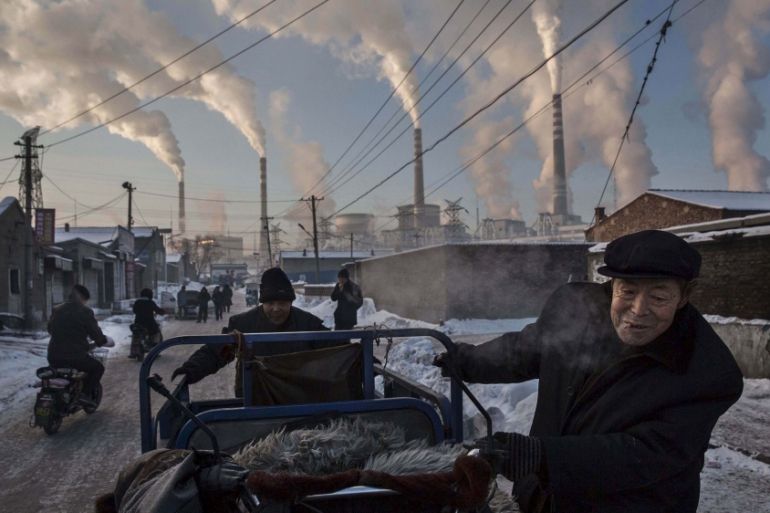Carbon capture: The tech that could make or break climate goals
Top energy body says it will be ‘virtually impossible’ to meet carbon reduction targets without boost in carbon storage.

A sharp rise in the deployment of carbon capture, utilisation and storage (CCUS) technology is needed globally if countries are to meet net-zero emissions targets designed to slow climate change, the International Energy Agency (IEA) said on Thursday.
A growing number of countries and companies are targeting net-zero carbon dioxide (CO2) emissions by around the middle of the century in the wake of the 2015 Paris climate agreement.
Keep reading
list of 4 itemsAre seed-sowing drones the answer to global deforestation?
Rainfall set to help crews battling wildfire near Canada’s Fort McMurray
How India is racing against time to save the endangered red panda
To reach that, the amount of CO2 captured must rocket to 800 million tonnes in 2030 from about 40 million tonnes today, the IEA, which advises industrialised nations on energy policies, said in a report.
Up to $160bn needs to be invested in the technology by 2030, a 10-fold increase from the previous 10 years, it added.
“Without it, our energy and climate goals will become virtually impossible to reach,” the IEA head Fatih Birol said in a statement.
The global economic downturn caused by the coronavirus pandemic risks delaying or cancelling projects dependent on public support, the IEA said.
An oil price slide had also reduced revenues for existing carbon capture facilities selling CO2 for so-called enhanced oil recovery.

‘Window of opportunity’
However, the IEA added: “Economic recovery packages are a unique window of opportunity for governments to support CCUS alongside other clean energy technologies.”
Referring to a large investment to build two carbon capture plants and an offshore CO2 storage facility, Birol said: “Norway showed its leadership in Europe by making a major funding
commitment to the Longship project.”
Nonetheless, the story of CCUS has largely been “one of unmet expectations”, marred by lack of commercial incentives, large capital costs and public opposition to the storage, especially
onshore, the IEA said.
In 2009, the IEA called for 100 large-scale CCUS projects to be built by 2020 to store approximately 300 million tonnes of CO2 per year. To date, just 20 commercial projects are in operation,
capturing about 40 million tonnes per year.